Seeing the 2017 Juniper collection in full flow
We are well into the Juniper collection now and we are pleased to report that the situation seems to be more positive than 2016.
We are well into the Juniper collection now and we are pleased to report that the situation seems to be more positive than 2016. Countless telephone conversations and a recent visit to the Balkans meant we have been able to get a better understanding of the supply and see the harvest in full flow.
Reflecting on 2016
The root takes 14 months to mature and is planted in August with harvest taking place in October/November the following year (weather permitting). A good yield of 10 tonnes of root can be achieved from just 1 hectare but with vital importance placed on the processing following harvest.
Angelica farmers had a difficult year in 2016 with a very cold April stunting the growth of the root, killing some plants and reducing the yield and quality in others. The signs this year were more positive – if a little damp!
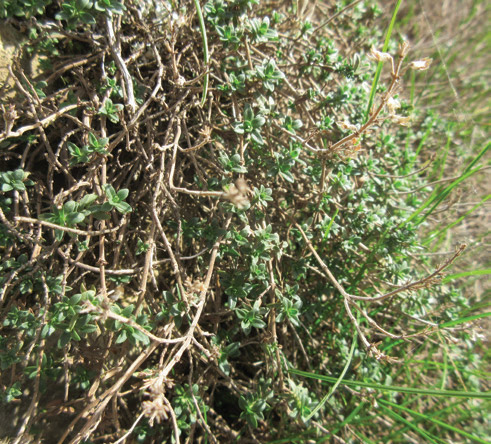
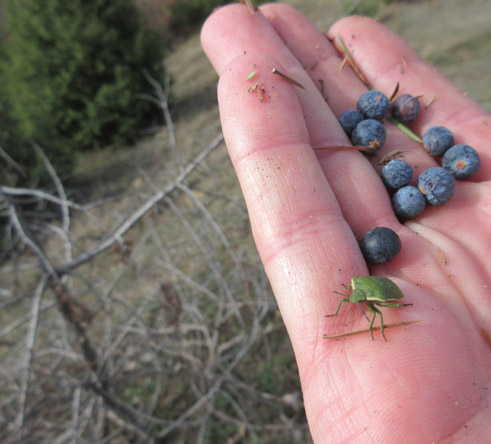
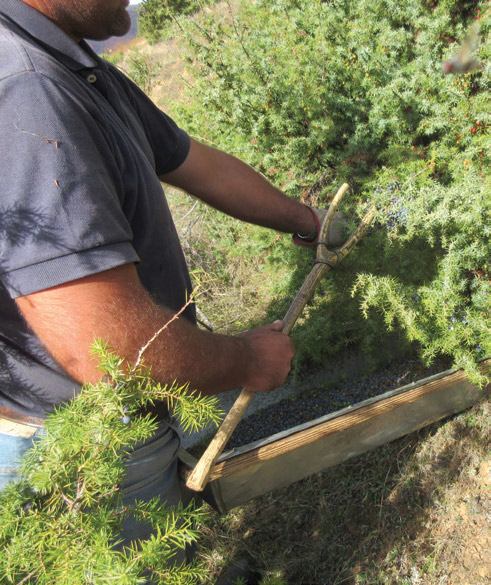
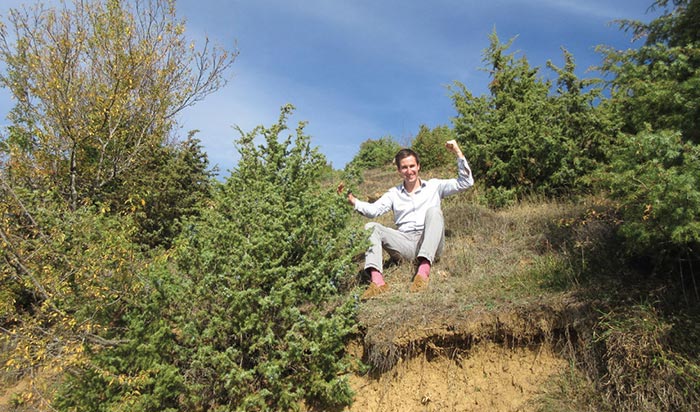
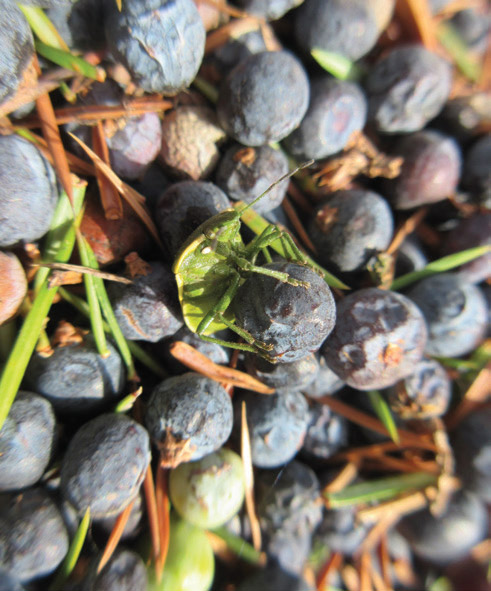
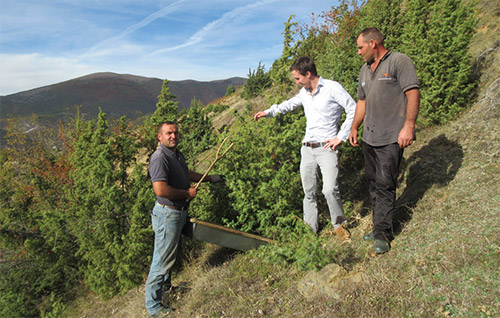
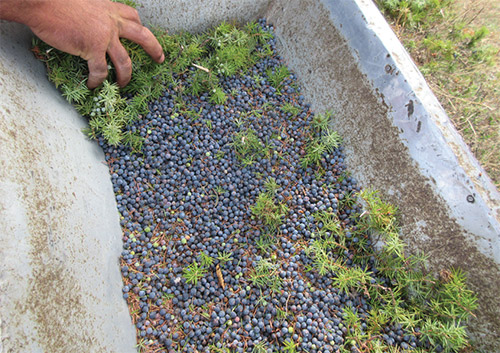
Collection
Tommy joined some collectors to inspect the bushes and to generally ‘get in the way’ but at the same time provided some good entertainment. A mixture of the Beacon Commodities travel budget and the eye watering baggage charges employed by Wizz Air meant that the appropriate footwear for climbing mountains was left behind in the UK. What can only be described as ice skates, Tommy became the daily viewing as he did his best baby giraffe impression.
When he wasn’t slipping or on his backside he did learn that yields this year are good and in some regions collectors are talking about a
first, second and third harvest from the same areas. Berries will ripen at different stages and if there are good quantities it makes sense for collectors to return to the same areas to collect the berries at different stages of ripeness.
Hot Summer in the Balkans
The Balkans have experienced a very hot summer and the moisture content of the harvested berries (before drying) is coming in at an average of around 28-31%. The weather when Tommy was there was warm and settled which gives encouragement that the collection will continue well into November and hopefully beyond (weather permitting). However, Serbia recently had a dump of over 30cms of snow bringing their collection to an abrupt halt for quite some time so fingers crossed the good weather continues.
Tommy picked up an interesting fact about the green beetles that can be found over Juniper bushes. Collectors say that these beetles (see photos) are a sign of quality Juniper. They are apparently very ‘picky’ and will not be found on poor grade Juniper!
Luckily the beetles do not harm or eat the Juniper.
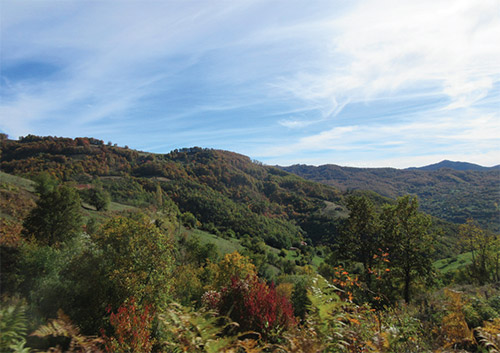
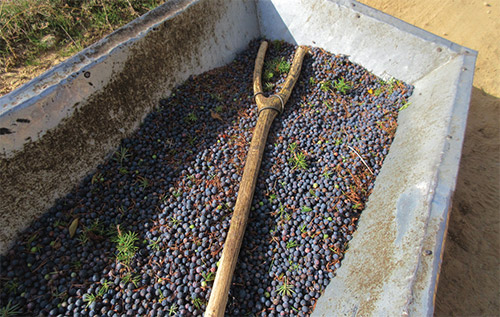
Demand and price
The ‘gin boom’ continues and distillers demand the highest quality Juniper. The issues in 2016 have meant that many users have no carry over stock and they entered the market very early. This means that prices opened high although nowhere near the prices in 2016. Coupled with this some collectors are trying to achieve the prices they did in 2016. A s more Juniper is picked and offered to the market they are having to bring their prices down to market level. With larger quantities still being picked and many lots still available, prices will be helped further.
There is no doubt that the prices will be higher than previous normal years (ignoring 2016) due to the demand for Juniper. The whole ‘gin craze’ means also a greater demand from essential oil producers as people search high and low for all products that are gin related.
We hope the above provides a useful insight but if you have any further questions then please do not hesitate to contact us.